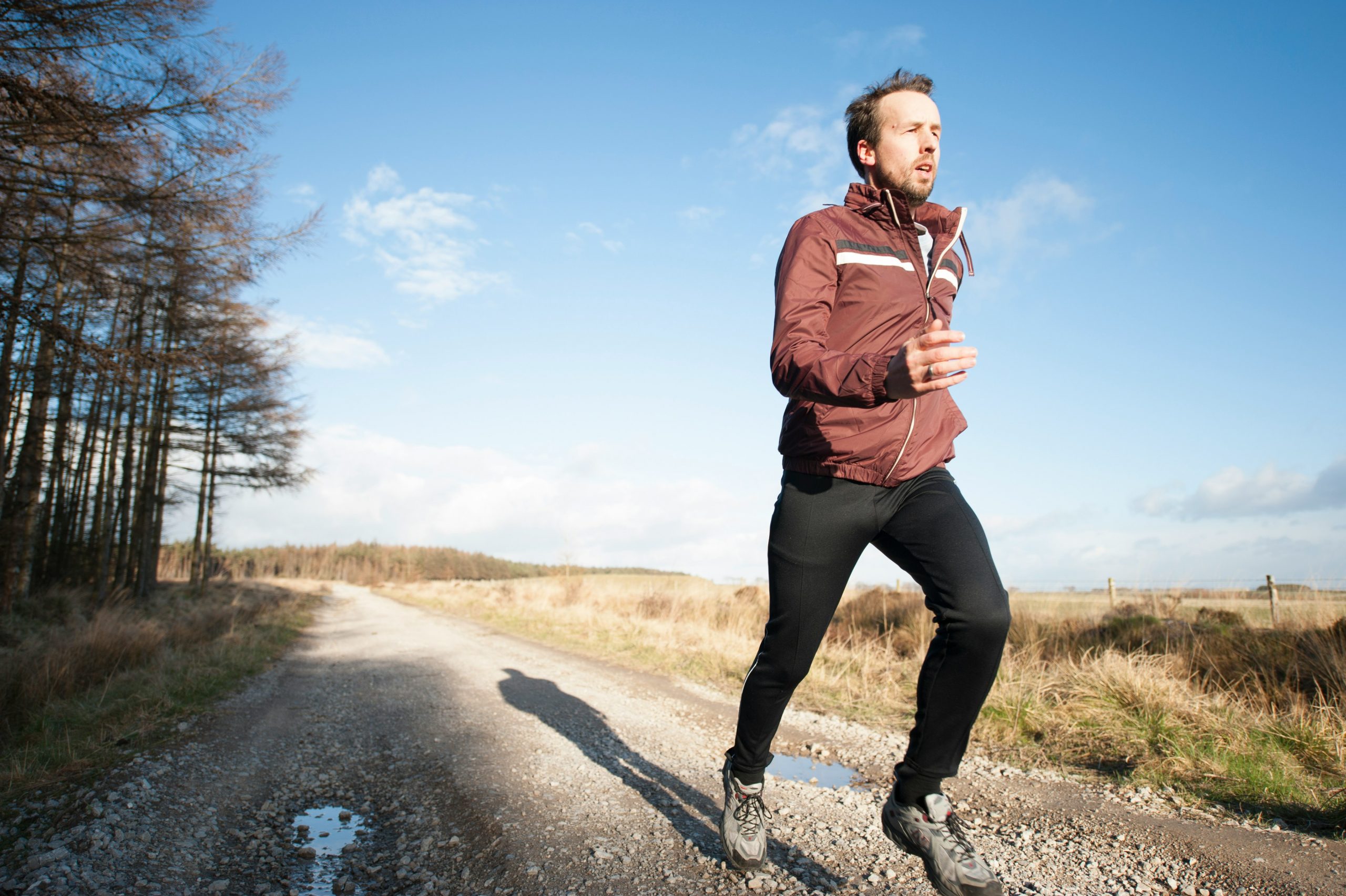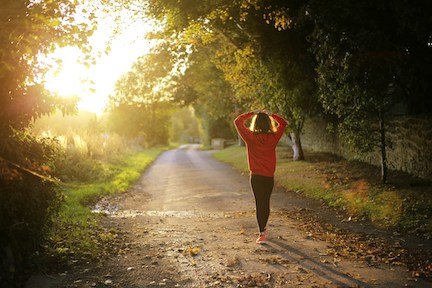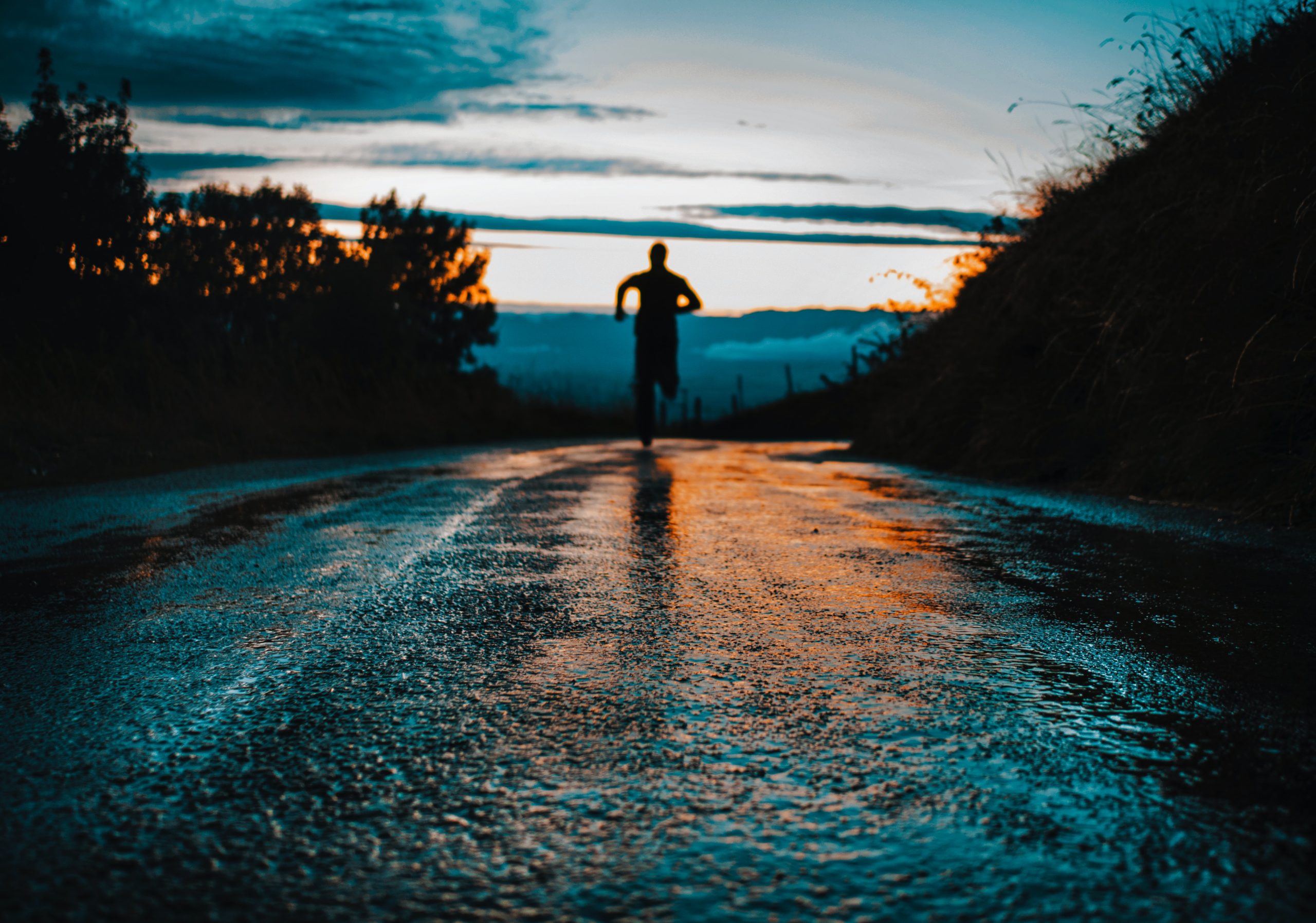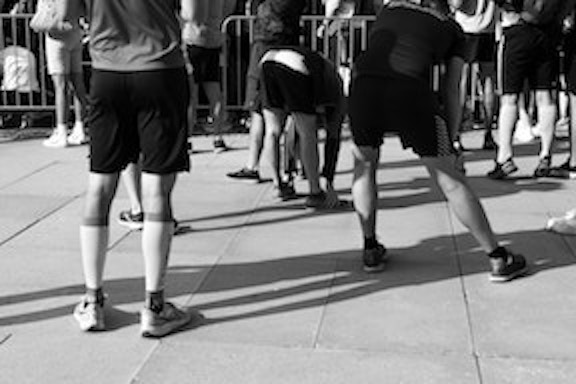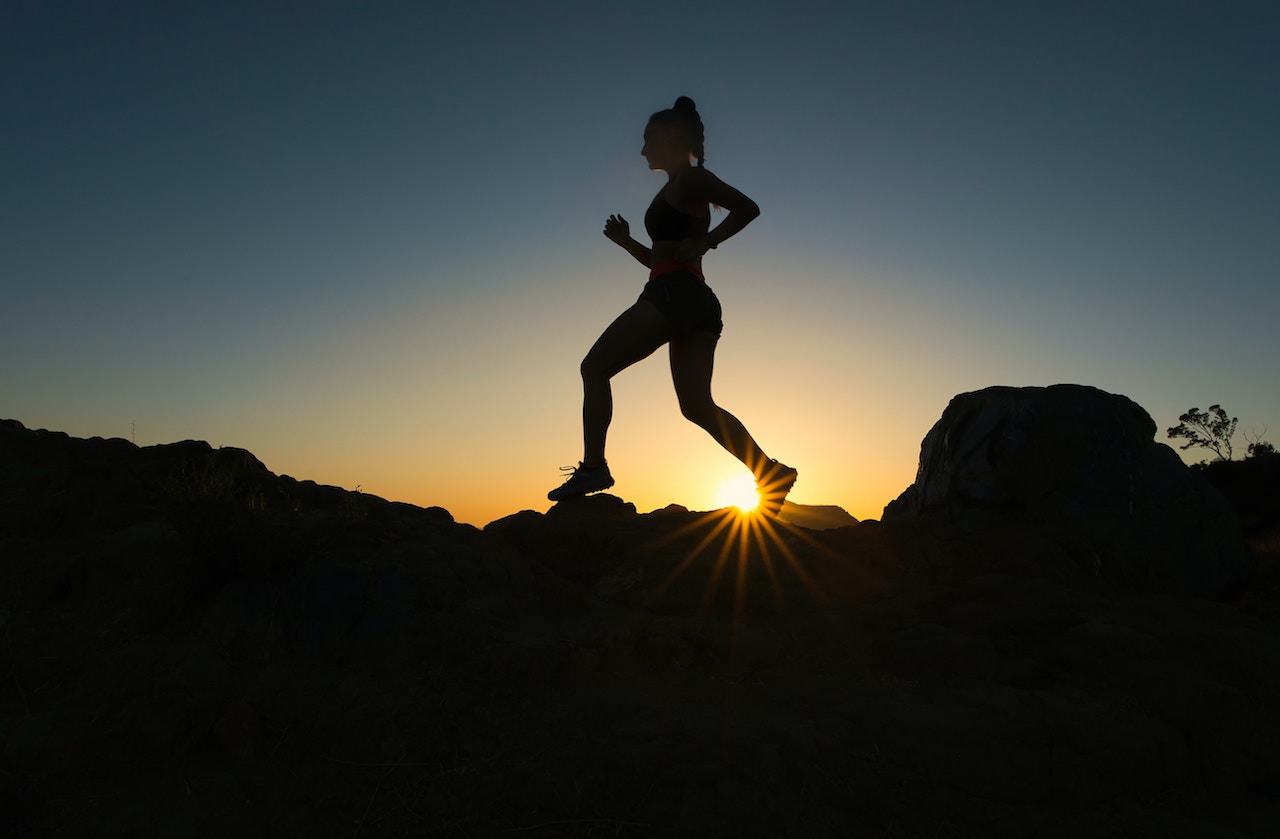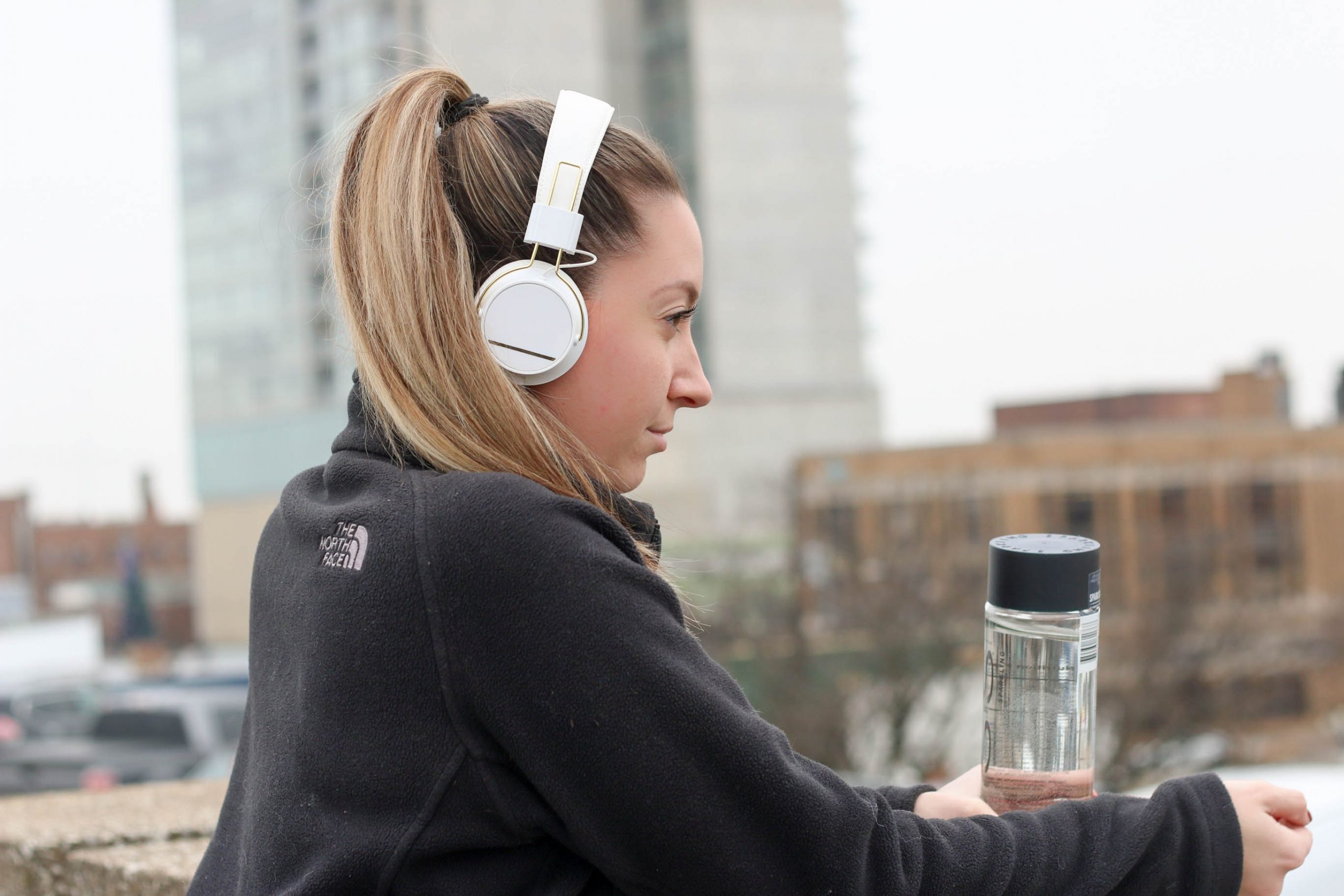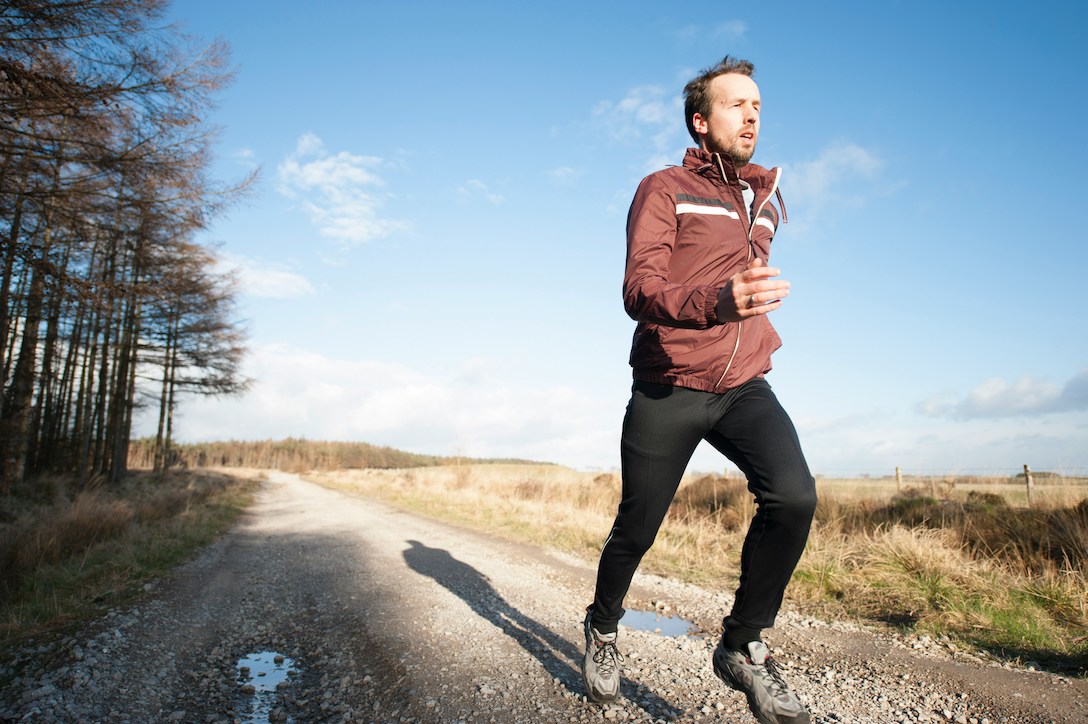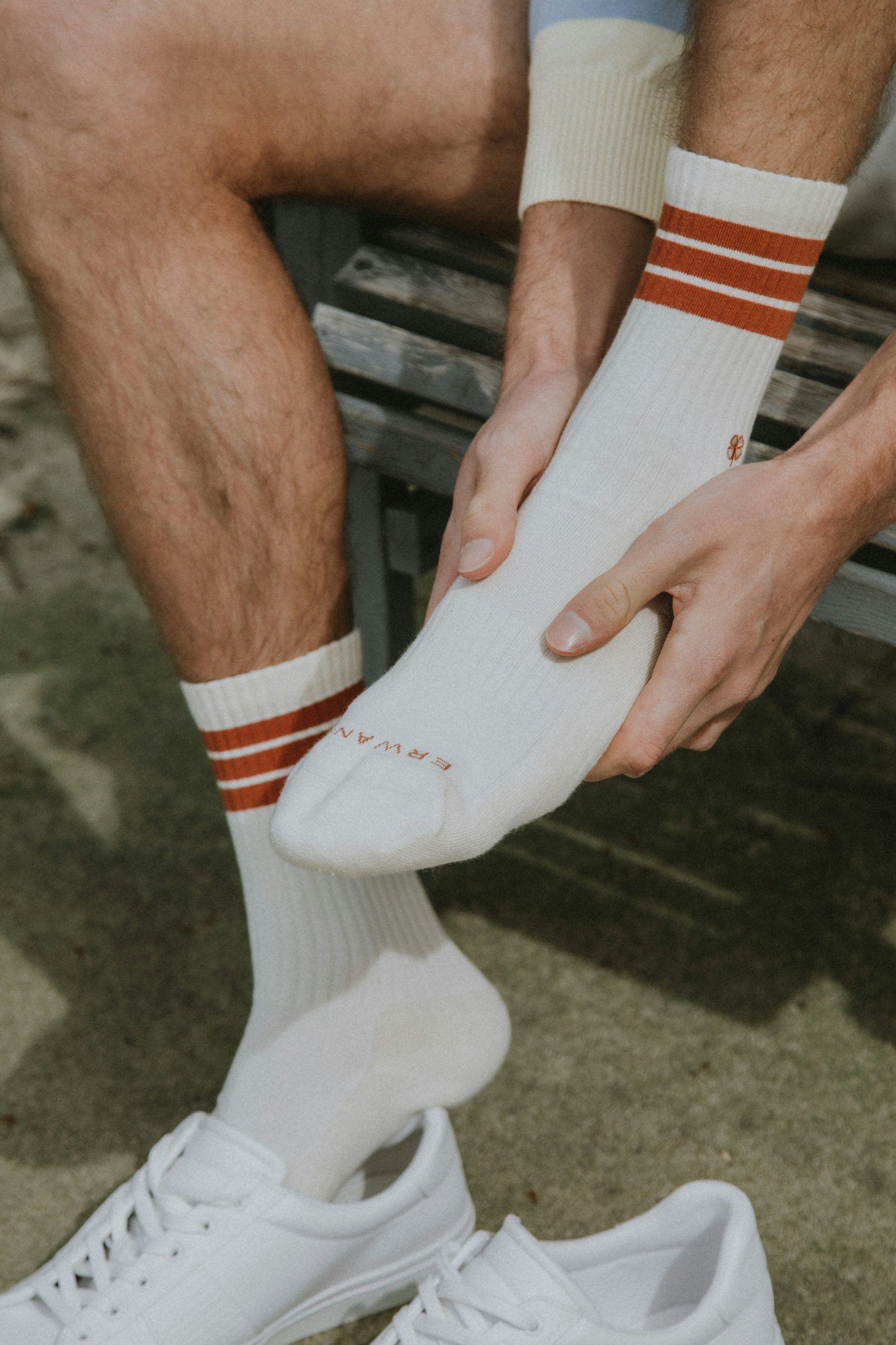
Injuries are more likely to occur during periods of increasing running mileage than they are during periods of steady mileage. Also, one of the major health consequences of excessive sitting is muscle imbalances. Over time, spending hours of every day curled up in a seated position causes some muscles to become abnormally tight and weak and others to become just plain weak. Such imbalances are known to result in pain and dysfunction in the low back and other areas, reduced performance in sports and exercise activities, including running, and sports injuries, including runner’s knee.
Common running injuries include:
Shin splints – Pain along the shin bone (or tibialis muscle), running along the front of the leg from knee to ankle. Caused by heel-striking/overstriking/poor strength and stability are all big culprits in shin splints. In concert with this or separately, too much ground contact time/low cadence. Sometimes feels better after warm up. May be swelling and tenderness. Try arch supports or shock-absorbing inner soles. Get a diagnosis in case it’s something more serious (stress fracture). Apply ice and elevate to reduce swelling, stretch lower leg muscles. Lay off running for a few days. Change up the surface you run on. Wear compression socks. Change shoes, gait retraining.
Runner’s knee: Pain around the knee, (inside of the knee, the top of the kneecap or below the kneecap), is typically caused by quad tightness, causing the knee to track poorly and resulting in irritation around it. The pain is present during running and when descending stairs or when rising from a chair after prolonged sitting. An ache in the front of the knee and around your kneecap in the morning can be a sign of runner’s knee, or patellofemoral pain syndrome (PFPS). Hip weakness is common in individuals with PFPS. Strengthening of the hip abductors and rotators, may be a good addition to your cross training program. If your quads are weak or you have poor foot mechanics, your kneecap will move left and right, creating pressure, friction, and irritation. As you clock up the miles and stride out your misaligned steps, your kneecap rubs against the end of your thighbones. This wobbling and rubbing grinds down the cartilage underneath your kneecap so that it becomes rough, like sandpaper. This makes your knee unable to bend smoothly and efficiently. The pinch will be worse when running down a hill, walking down stairs, squatting down, or sitting with a bent knee. It happens when the kneecap gets misaligned and no longer sits in the trochlear groove — the notch at the end of the femur bone. This type of injury can result from overuse of the knee or under-conditioning of the hip and inner quadricep muscles. While PFPS is quite common in runners, it can also occur from many other sports and activities. Strengthen hip abductors, quadriceps, and deep abdominals, stretch glutes, calves, quads and hamstrings. Icing your knee before bed can reduce swelling and minimize overnight symptoms. You can treat persistent discomfort with the standard RICE method (rest, ice, compression and elevation), by staying off the affected leg, applying ice at 20-minute intervals, wrapping it lightly with a bandage and elevating your knee above your heart whenever possible or try massaging the quad. In the long term, physical therapy can correct any hip weakness or quadricep imbalance to help with recovery and prevent future injury. Stretch glutes, calves, quads and hamstrings. Wear, and be properly fitted for, running shoes. Could take anti-inflammatories. Sum up of causes: weak quadriceps, overuse or an increase in mileage, knock knees, tight hamstrings or calves, previous injury, overpronation or supination, running on uneven surfaces. Apply ice immediately after running, could take anti-inflammatories, may need physio and/or gait retraining.
Achilles tendonitis: You’ll feel pain and stiffness in the Achilles, the tendon on the back of the heel that attaches to the heel bone, or in the soleus muscle, which runs along the back of the lower leg. Sometimes you’ll feel it in one or the other, other times the pain will be in both areas. Causes include excessive ground contact time from slow cadence; ground contact time allows the leg to wobble and overload the Achilles and/or soleus or an increase in hill running. Rest until pain free. Massage the area to gauge the level of soreness and feel how it is healing. As soon as pain flares up, elevate and apply ice. Probably arisen from overuse, improper running style, poor footwear, over-tight muscles or just a slip of the ankle. If the area is sore after a few days’ rest, then see a doctor. Running on softer surfaces can relieve pain, but avoid overly soft surfaces like sand. Add eccentric strengthening exercises for calf muscle, deep tissue massage.
Blisters: wear running-specific moisture-wicking socks and good shoes. You may even have to go up a shoe size.
Plantar fasciitis: Pain in the bottom of the heel that’s worse in the mornings and after walking and running. The plantar fascia is the thick band of tissue that runs across the bottom of your foot, connecting your heel to your toes. Plantar fasciitis usually originates from a tight calf, which reduces range of motion in your lower leg. With no ability to flex, your leg pulls harder and harder on the plantar tissue. Contributing factors are anything that overloads your calves, like hill running, overstraining, poor hip flexor mobility or poor body weight shift from slow cadence. Can be from wearing incorrect shoes without enough arch support. Any drastic change to footwear can cause your calves to tighten protectively. That’s why many runners who adopt barefoot-style shoes pay the price if they don’t decrease their miles and transition gradually. Taking time off from running will typically ease the pain, but not the problem.The more you run during this treatment, the slower you’ll make the process by tightening your calf, so it’s best to reduce your miles and avoid hills. Massage the calves. Stretch the leg and foot, roll a ball under your foot. Stop running until injury heals, wear night splint, change shoes, gait retraining.
Iliotibial band syndrome, or IT band syndrome: pain on the outside of your leg most common by the knee but could be anywhere up to the hip. The ITB is a band of thick fibres that run from your hip to the outside of your knee. Friction of the band against your knee can cause irritation and pain on the outside of the knee. Where you feel it is typically not the source of the problem. Pain presents in the knee, but is caused by weaknesses higher up the chain in your hips and glutes. Heel-striking and overstriding are the main culprits. When we heel-strike, we’re not able to utilize our feet as the first stabilizer. That sets off a stabilizer. That sets off a reaction up the stability chain to your ITB, quads and hip flexors. Hip flexors get tight from being overworked from poor glute stability. This tightness pulls on the leg, causing tightness to the quad and ITB area. Shoes with high stack height and mushy cushioning contribute by causing poor stability and weakening your feet. Massage the quad to help break up adhesion and tender spots. Heel-striking is a primary form issue that can cause ITB pain, so form work is key. Stabilize your hips by training your core and butt. Gently stretch the area that runs from your hip to just below your knee. It is similar in origin to runner’s knee. While this pain is more common during activity, it can also manifest as aching overnight. The IT band is a thick, fibrous band of tissue that starts in the front of the hip, runs along the side of the thigh and anchors on the outside of the tibia (shin bone) below the knee. If you have weak hip muscles, the IT band will overcompensate to try to stabilize the leg. As it does so, it can create friction over the front of the knee, which manifests as a sharp, stabbing pain. Treat with ice at the site of pain, stretch the IT band and physical therapy can help to correct the hip weakness. Strengthen hip abductors, gently stretch the area that runs from your hip to just below your knee, deep tissue massage.
Stress fractures: Stress fractures can occur in the lower leg (tibia) and foot (metatarsals) and are usually related to overtraining. Stress fractures will present as focal points of pain, usually on the front of your shin bone (tibia) or on the top of your foot (metatarsal). The pain will likely increase over a period of a few weeks and become severe and sharp, especially during running or walking. Stress fractures require rest and usually a walking boot or crutches to take pressure off the limb. Always see a doctor. Stress fractures: pain in the lower leg, foot, shin or groin that doesn’t decrease. Always see a doctor.
Arthritis: It’s fairly normal to wake up with creaky joints, especially as we age. If your discomfort eases as you go about your morning routine, there’s no cause for further investigation. But, if your morning knee pain aches around the kneecap, along the joint line in the middle of the knee and on either side of the knee, it could be caused by osteoarthritis. This pain is classically worse in the morning upon waking and improves over the course of the day as the joint “loosens up.” Knee osteoarthritis can be diagnosed with an X-ray. While there is no “cure” for degenerative changes in the knee, there are several treatments that can help minimize symptoms including anti-inflammatory medication, steroid injections, hyaluronic acid injections, platelet-rich plasma injections and knee replacement surgery. Lifestyle changes can help ease morning knee pain and keep you more comfortable throughout the day as well. In the morning; circle your ankles; extend your legs in bed; bend at the knee and hip before getting out of bed; follow up with a hot shower to ease your muscles; and, add in periods of gentle activity throughout the day. Hip osteoarthritis can masquerade as knee pain. If you are an older adult with normal knee X-rays, talk to your doctor about getting a hip X-ray as well.
Prevent common injuries: warm up and cool down paying attention to hips, calves, quads and hamstrings. Cross train to strengthen muscles and give the body a rest from the running motion. Work on core muscles and put in lots of squats and lunges, calf raises, heel dips and leg extensions.
Post-injury running: returning is slow and steady. When injured continue with other low-impact activities. Return to running after you can walk for 30 minutes pain-free then start to incorporate a few short, easy runs on softer ground.
